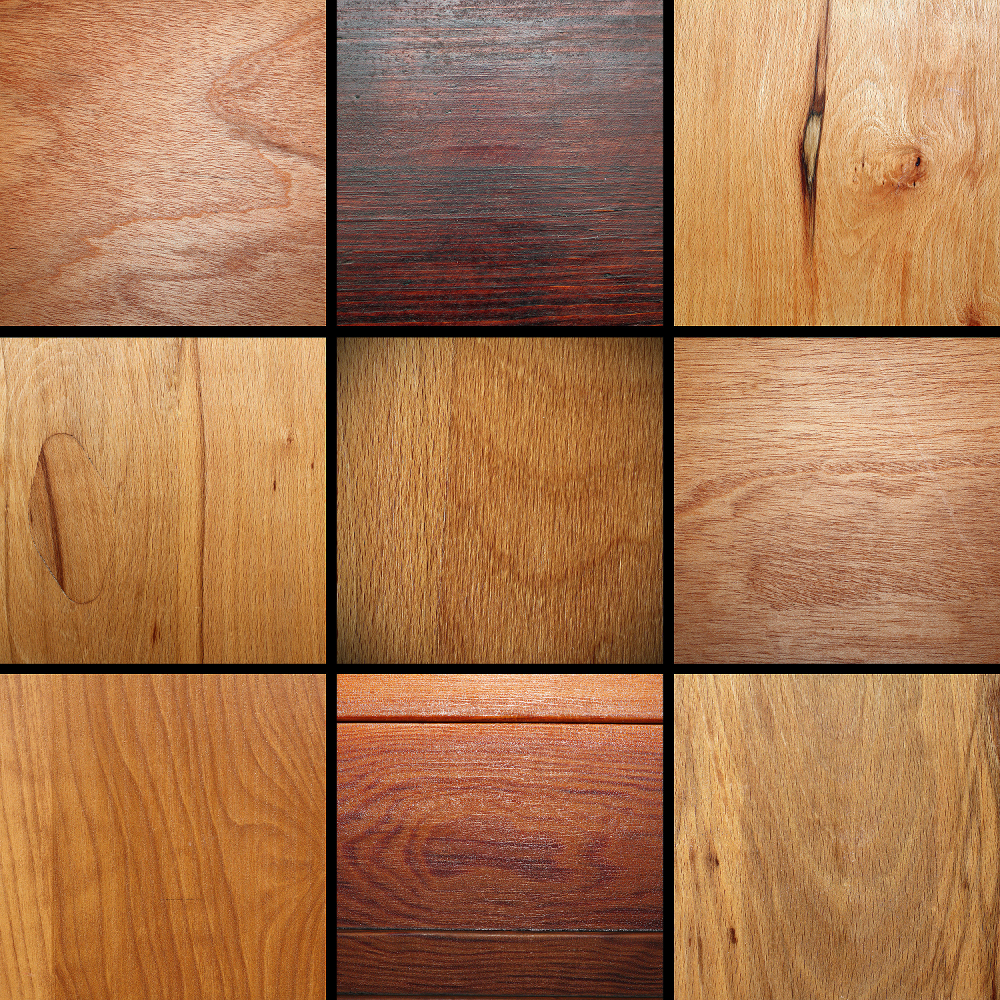When you’re planning a remodel in your home, it becomes time to make a lot of choices about materials.
Within a few days or weeks, you may have to decide on flooring, counters, tile, sinks, paint finishes. It can be overwhelming. And one thing that makes it even harder is when you’re asked to choose between versions of something and you don’t know what the differences are.
Wood is one of the materials that almost always comes up. And there are three basic options that may be offered for floors, counters, cabinets and even table tops. Your wood choices include Solid wood, Wood Veneer, and Manufactured Hardwood.
Solid Wood
- Expands and shrinks with humidity changes
- Highly variable appearance and texture, which may be a pro or a con to you, depending on intended use. The appearance of grain changes and knots may be just what you’re looking for
- Not as uniform as other options
- Allows you to choose from unlimited stain and finish options
- Usually the highest price option
- A timelessly classic option
- Can require stripping and refinishing periodically
Wood Veneer
- This as actually solid wood, but just at the surface. It doesn’t have structural integrity like solid wood, so there will be particle board or other materials behind it
- Veneers come in a range of qualities, like everything else. Some veneers are top-of-the-line.
- Some of the most spectacular wood grains are chosen for veneers, so when you’re looking for a large quantity of exotic wood grain, this is a good choice.
- High quality veneer is durable and long lasting
Manufactured Hardwood
- Also known as Engineered Hardwood, this is strategically build to outperform plain wood by doing a better job in certain situations.
- Is made of several layers, always with wood as the top and bottom layers. It can actually be a combination of veneer outer layer and solid wood core
- The inner layers may be plywood, high-density fiberboard or occasionally hardwood.
- Costs less that solid hardwood and handles moisture better
How to Decide Between Wood Choices
Of course, aesthetics will be something you consider when choosing materials for your remodeling project. Other factors should include how often the wood will be exposed to moisture, humidity changes, abrasion, and how much you’re willing to put into care and maintenance.
In the end wood, hardwood and engineered hardwood can look identical—just with natural variation and interest in the knots and grains. The big difference is that in engineered, there is a ¼ (more or less) thick layer of wood that runs in one grain direction on top of the base plywood that runs at the opposite grain which makes the engineered wood more stable, but you cannot sand it more than about three times. Solid hardwood can theoretically be sanded more times, but the current practice of nailing the solid wood about ¼” down, you can’t sand below that nailed layer either, so it’s about the same as engineered.
These days, I think that engineered is usually the way to go. You don’t have the same potential for warpage over the years. If you need help deciding what’s best for your home, the help of a professional interior designer can ensure you make a wise choice.



